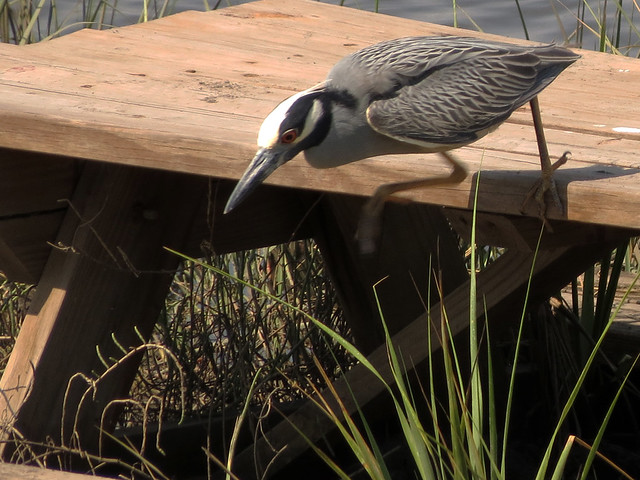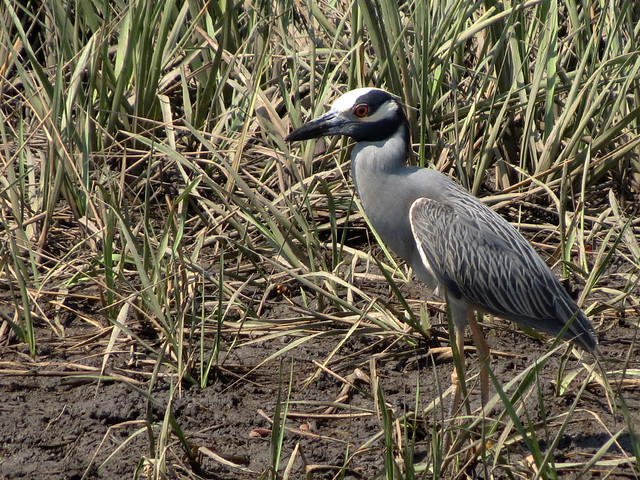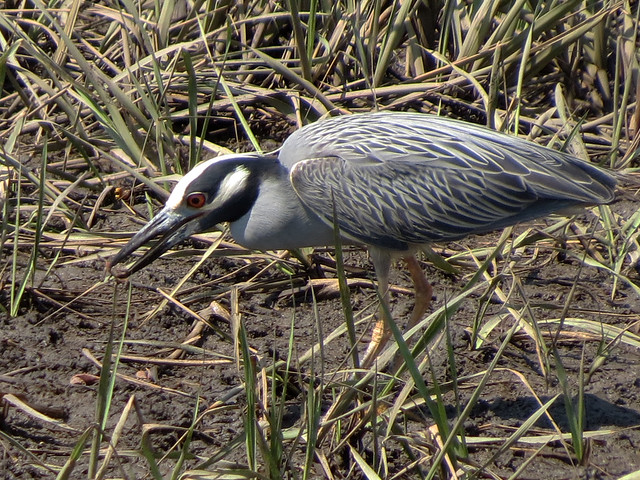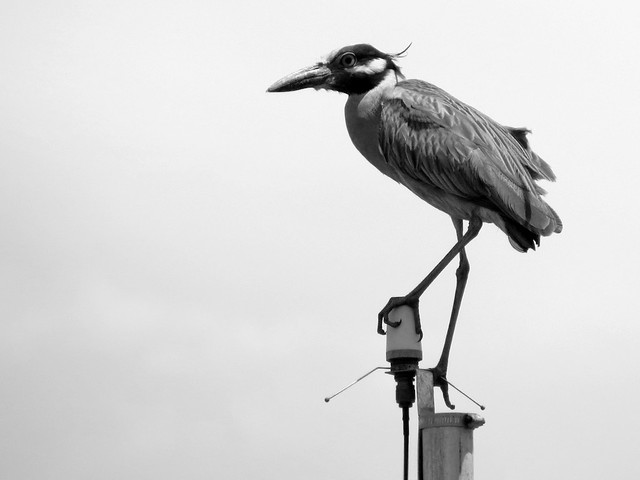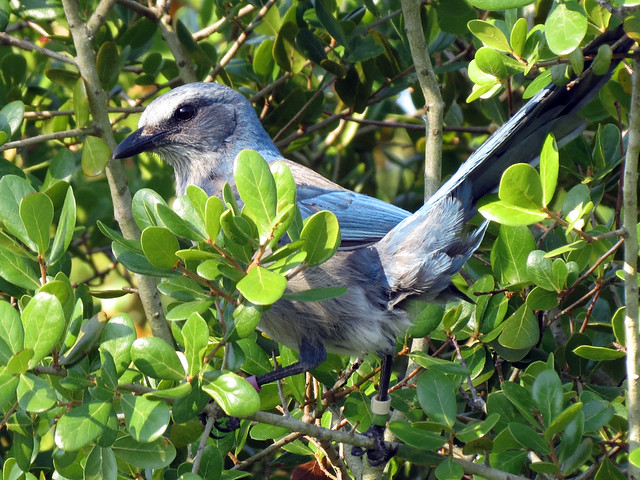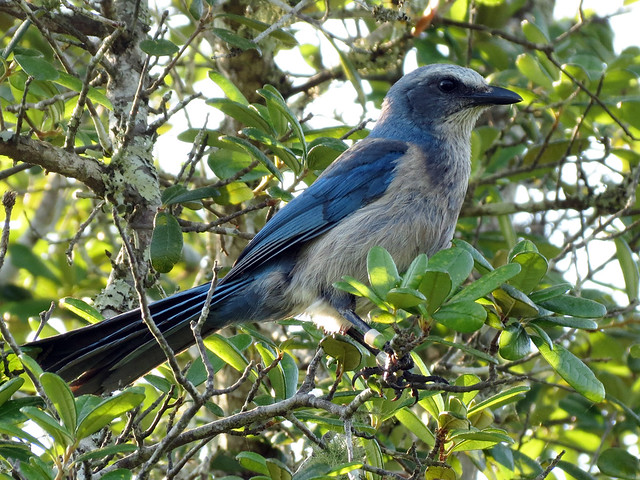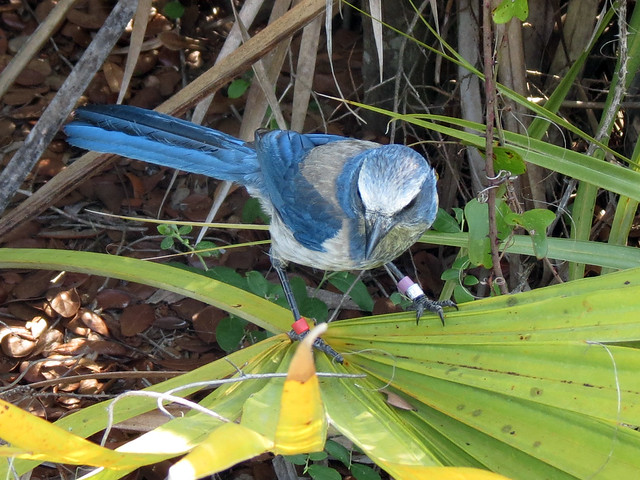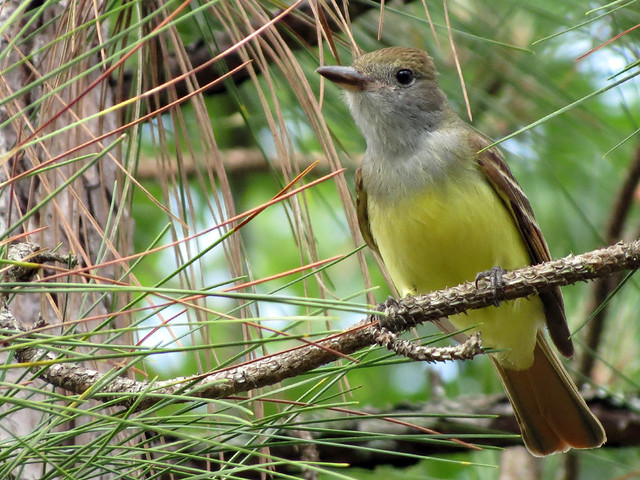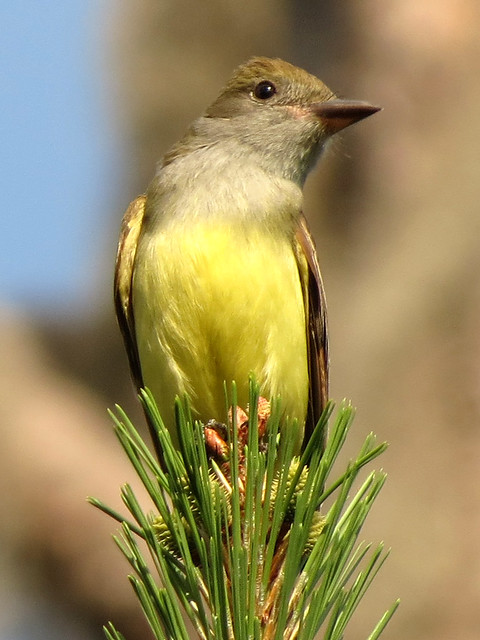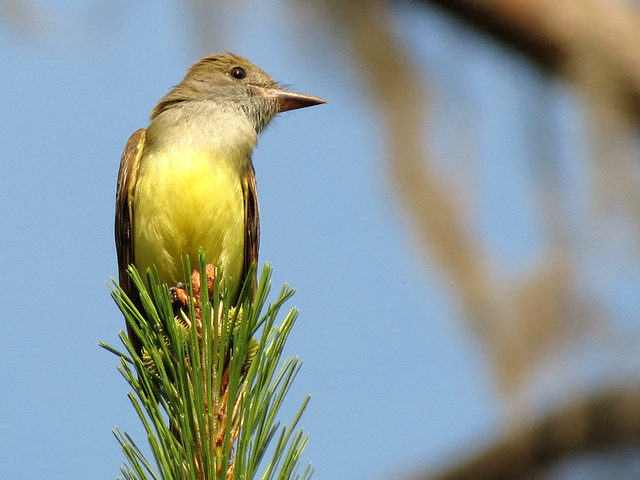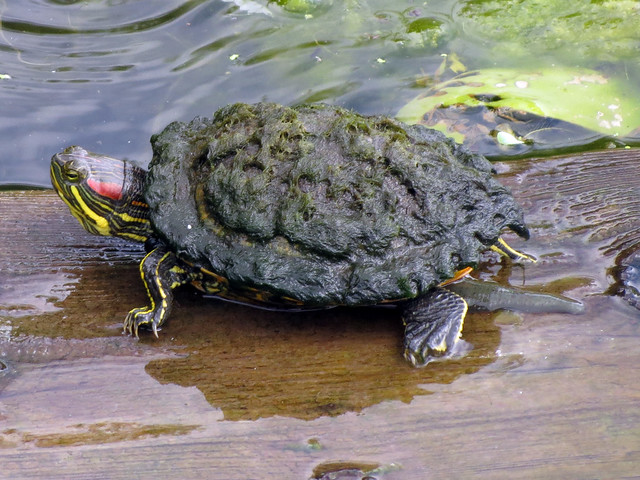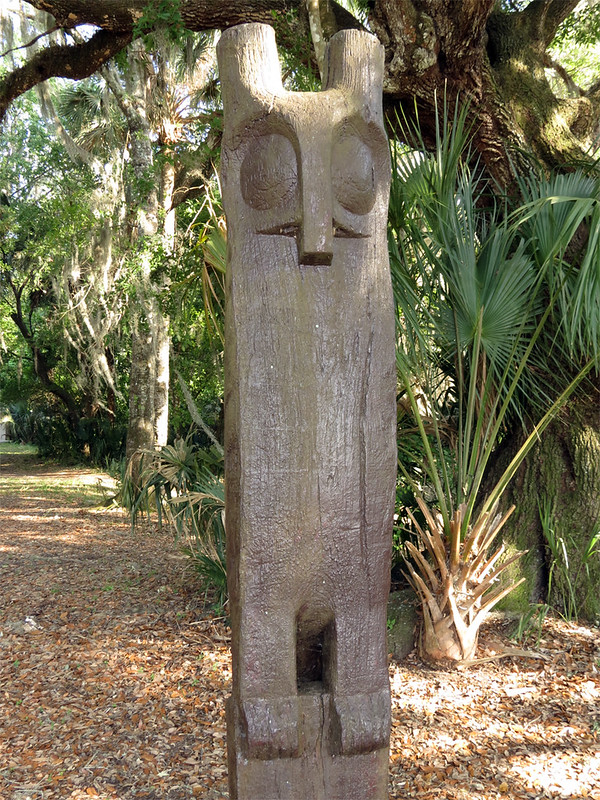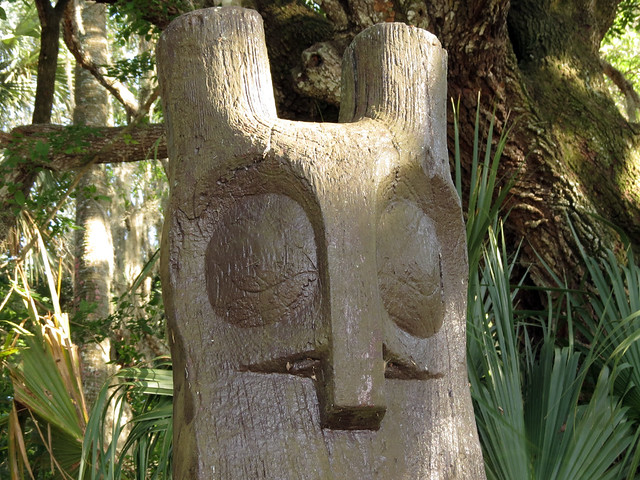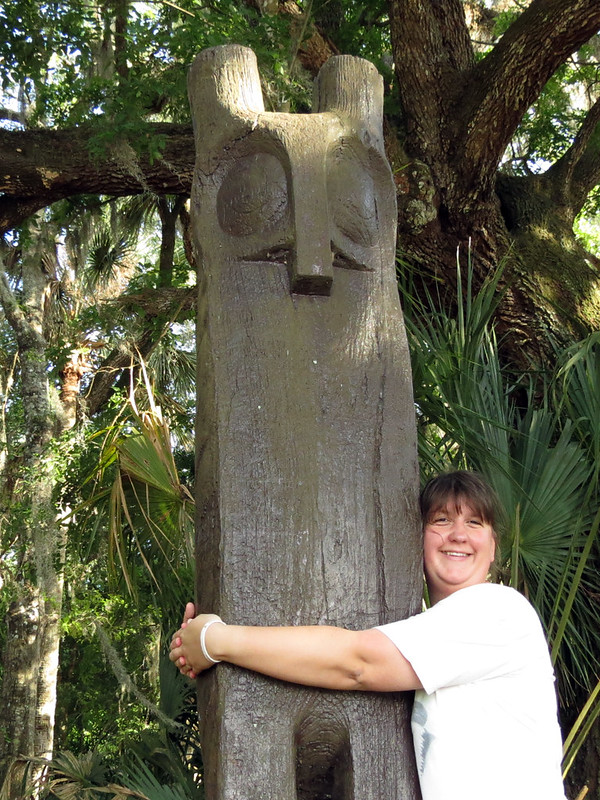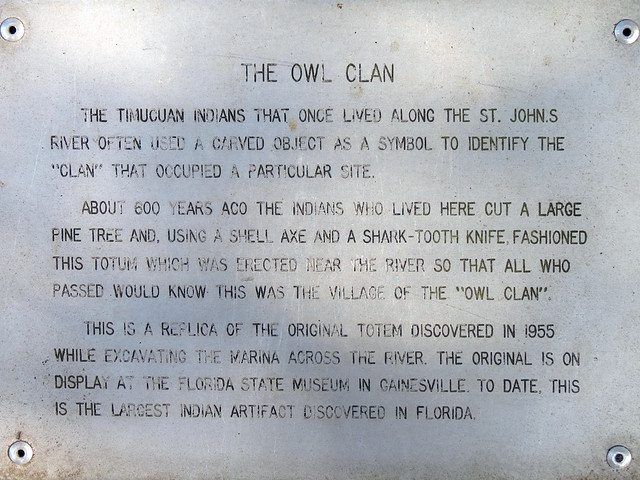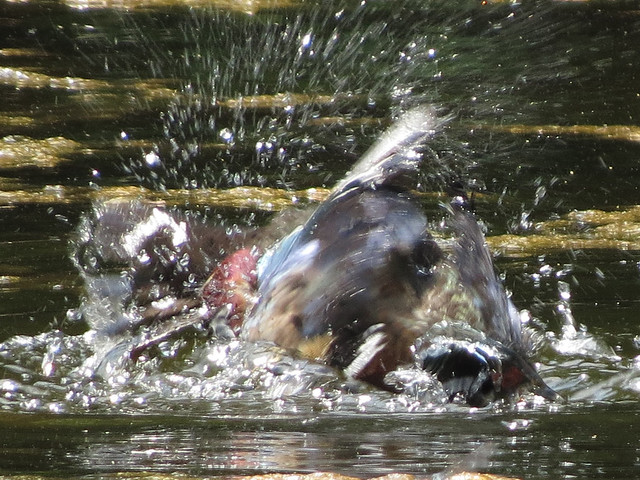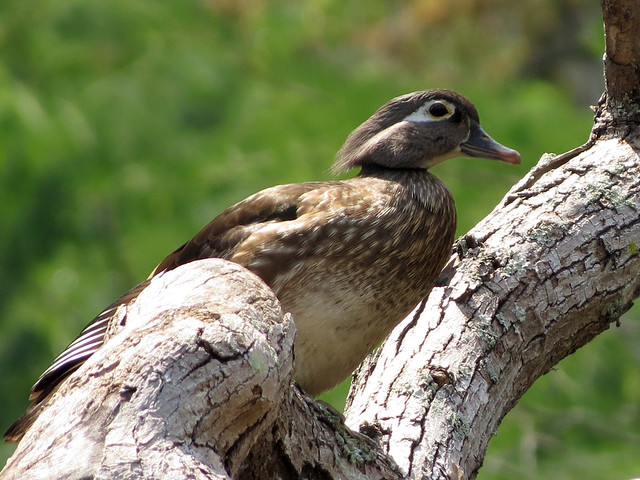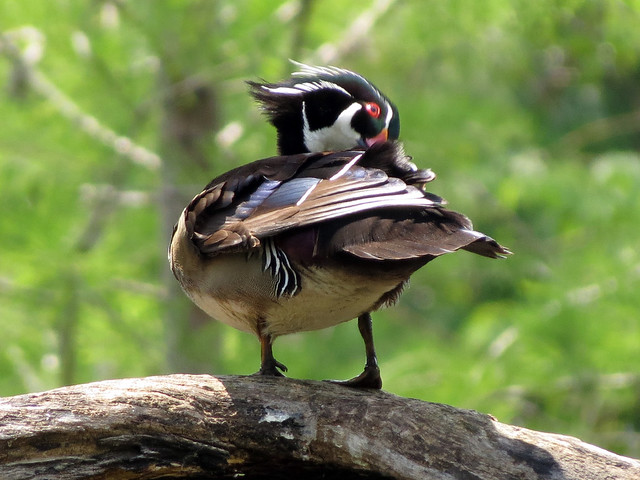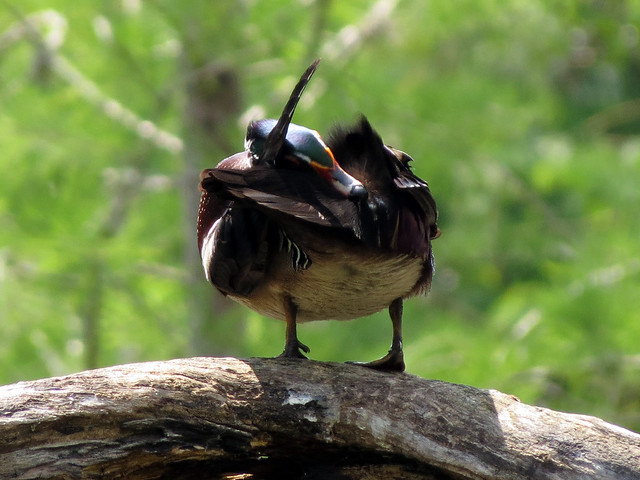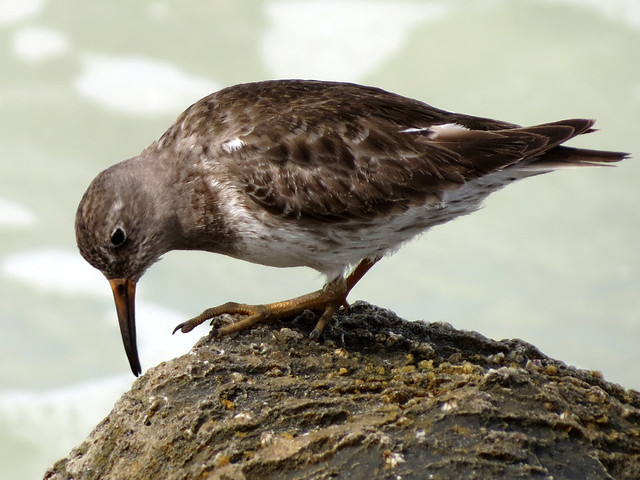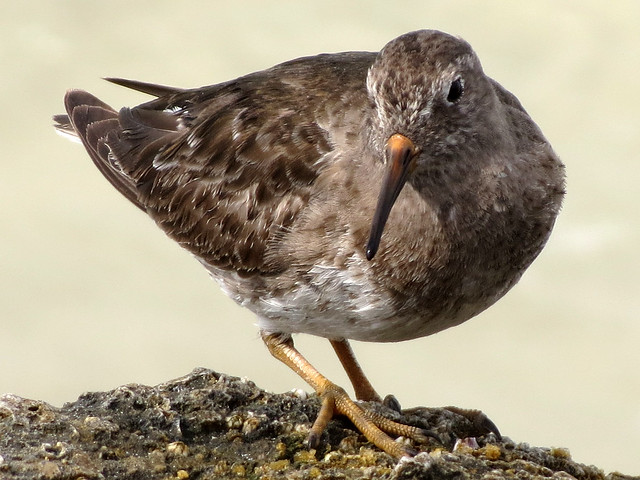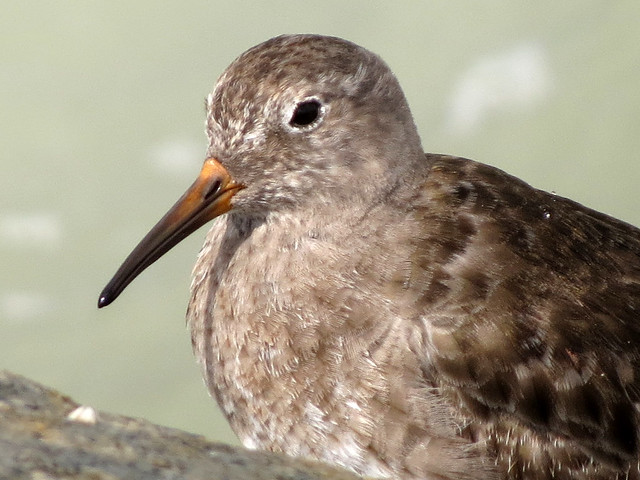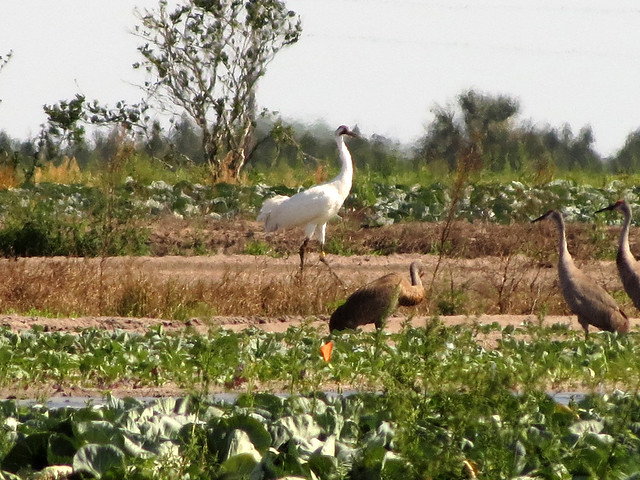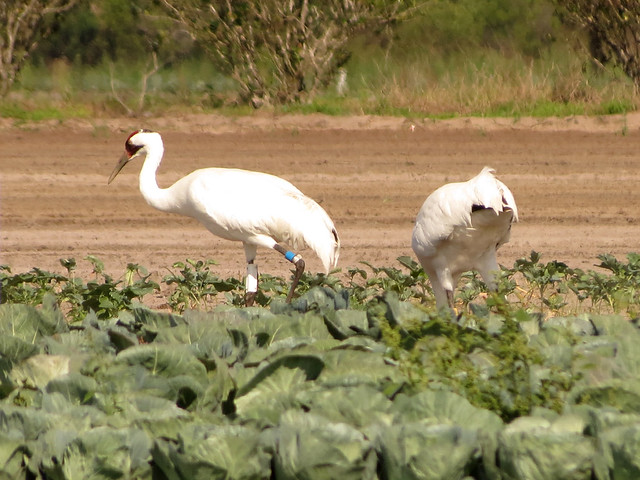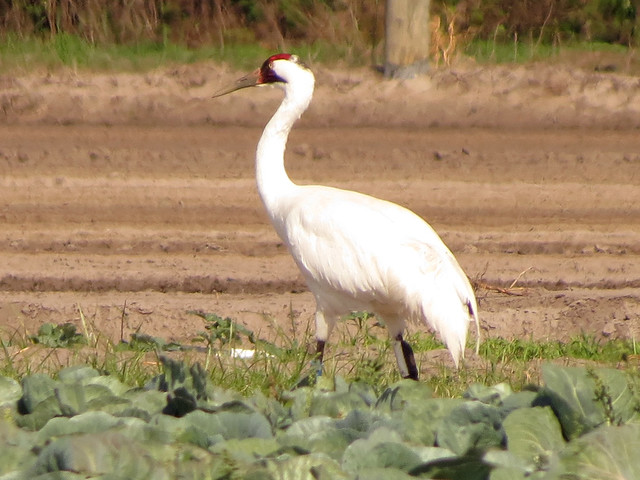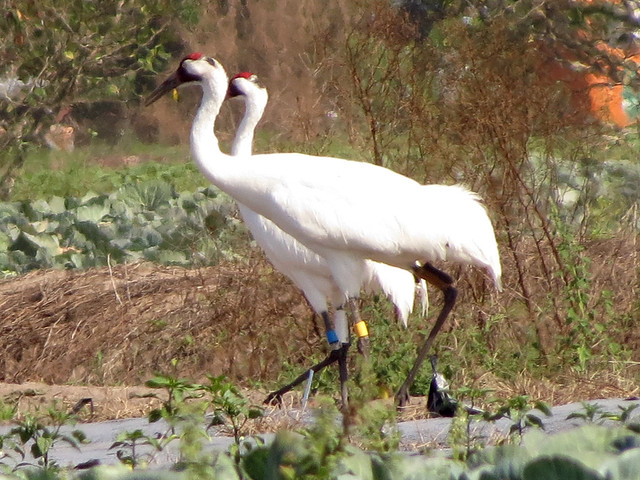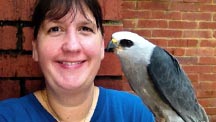For my birthday back in February, Arthur and I had a nice little two-day trip to the west coast of Florida. I based our loose itinerary on recent rare birds reported to Florida birding listservs. We started out on Sunday the 26th with a Green-tailed Towhee in the morning, pelicans, shorebirds, and ailing seabirds in the afternoon, and a Lark Sparrow late in the day. On Monday, my birthday, we first headed to the Courtney Campbell Causeway on Old Tampa Bay to look for another target bird.
We drove up and down the access roads on either side of the causeway, looking for our target in the water, and checking out the birds that were loafing along the roadway and in the bay.

Scanning Old Tampa Bay
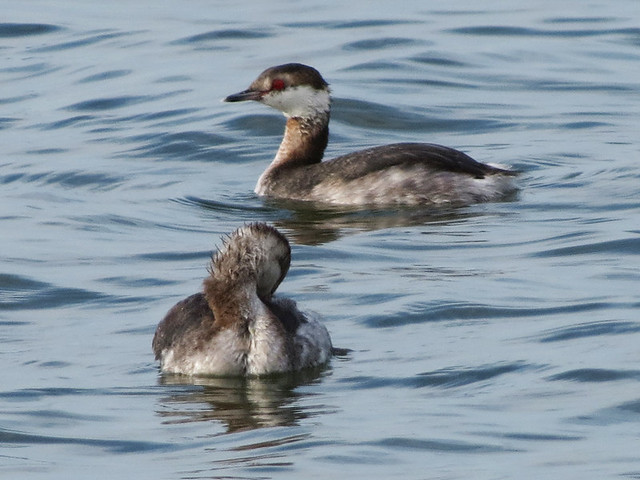
Horned Grebes

Black Skimmers

Thin skimmer bill!

We had better views of American Oystercatchers after the previous day’s flyover lifers
After several hours of searching, we had a nice list of birds for both Pinellas and Hillsborough counties, but we still didn’t have our target. One last round, we said. One last look around, we decided. And on the last round, close to the county border, we found our bird, swimming alone out on the bay.

Long-tailed Duck!
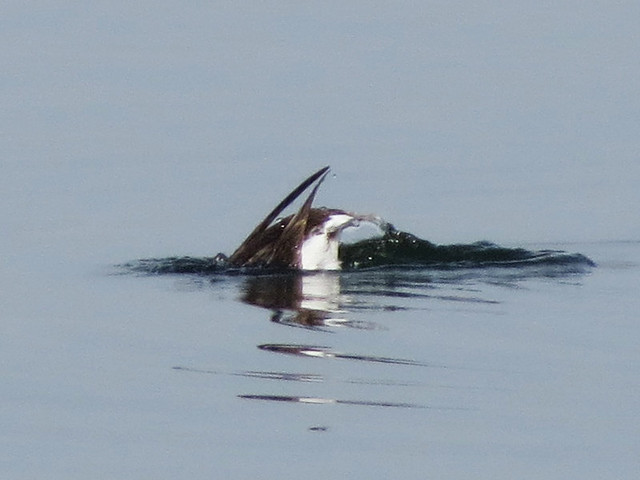
He was extremely active; most of my photos look like this
Long-tailed Ducks don’t typically range this far south, though stray birds show up across the south and elsewhere out of range fairly regularly.
We, and the bird, were in Hillsborough County. The duck was swimming towards Pinellas County… so we waited for that extra county tick. 🙂 It wasn’t a lifer but it was certainly nice to get a new state bird, in two counties even!
Our next stop, somewhere between Tampa Bay and home, was another Florida birding hotspot: Circle B Bar Reserve near Lakeland in Polk County. I didn’t have any specific target birds here. We were lucky to see a pair of Purple Gallinules who were not kind enough to pose for photos. First though, there was an American Bittern who was so accommodating that we actually left the bird while it was still in plain view – this after many minutes of intimate observation.

Preening American Bittern

Rousing American Bittern

Serious American Bittern
Later we were delighted to find a male Painted Bunting land in the path directly in front of us. And there were waders and gators everywhere.

Painted Bunting

Green Heron

American Alligator keeping cool

Snowy Egret

Red-shouldered Hawk

American Alligator warming up
Circle B lived up to its reputation and we are looking forward to future visits! And in the meantime I have some very nice memories of a birthday birding blitz.
Share the birds, share the love!

